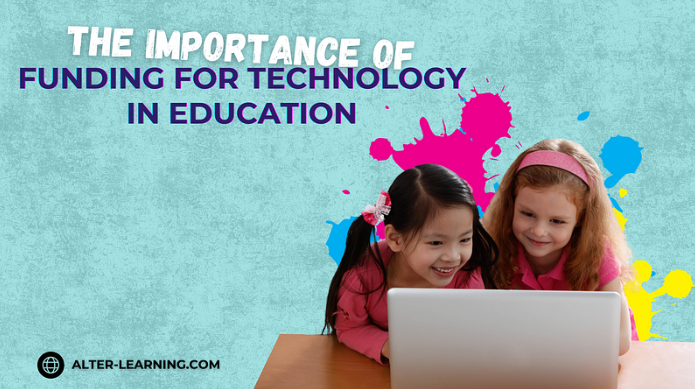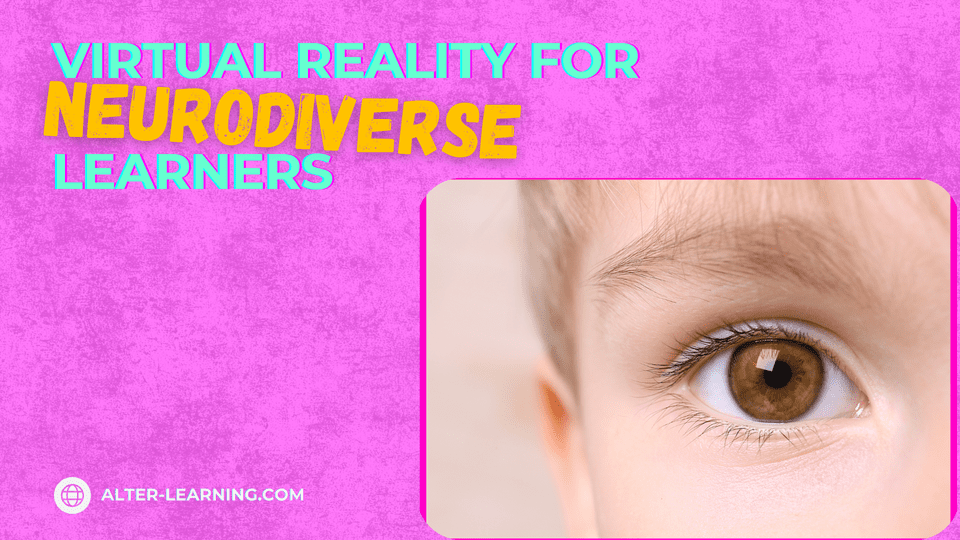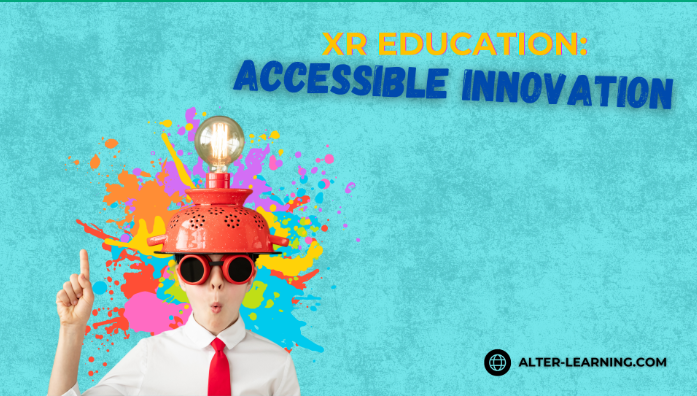In today’s classrooms, academic achievement is only part of the equation. Educators are increasingly focused on supporting the “whole child”—addressing not just cognitive development, but also emotional, social, and behavioral growth. While educational technology often prioritizes content mastery, it can also support this broader mission.
When thoughtfully designed, digital games and immersive learning tools can create environments where emotional growth happens alongside intellectual discovery. Alter-Learning’s mission is to make this happen.
Why Emotional Learning Matters
Emotional development is foundational to academic success. Students who can manage frustration, persevere through difficulty, collaborate effectively, and reflect on their experiences are more likely to succeed—not just in school, but in life. Social-emotional learning (SEL) skills such as empathy, self-regulation, and responsible decision-making are increasingly recognized as core competencies.
While these skills are often taught through discussion and group activities, they can also be practiced in digital spaces. Immersive educational platforms that foster curiosity, risk-taking, and reflection can create the conditions for emotional growth—particularly when paired with feedback, narrative context, and collaborative tasks.
Creating Safe Spaces to Practice Persistence
Learning through games can help normalize failure. In a well-designed educational game, failure isn’t final—it’s part of the process. Students may attempt a challenge multiple times, make different choices, and slowly improve their performance. This builds resilience, persistence, and confidence.
Features that can support emotional growth through challenge include:
- Non-punitive feedback that focuses on improvement rather than error,
- Scaffolded difficulty that increases gradually as students gain skills,
- Encouraging language built into the interface and prompts,
- Replay opportunities that frame mistakes as part of learning.
These elements help learners shift their mindset from “I failed” to “I’m still learning”—a crucial transformation for emotional resilience.
Supporting Empathy Through Role and Narrative
Immersive environments also offer unique opportunities to build empathy. When students step into the shoes of a character or take on a meaningful role within a story, they practice perspective-taking. They learn to see problems from multiple angles and consider the impact of their decisions on others.
Educational platforms can integrate empathy-building by including:
- Narrative arcs that explore social or environmental dilemmas,
- Collaborative missions where players must rely on one another’s strengths,
- Avatars or characters that reflect diverse backgrounds and abilities,
These experiences can foster a deeper awareness of others, helping learners become more thoughtful, compassionate citizens.
Promoting Collaboration and Social Skills
Digital tools are often seen as isolating, but many immersive learning platforms are designed to promote connection. Multiplayer options, group challenges, and peer feedback mechanisms can all support collaboration and communication.
Students can practice:
- Taking turns and sharing responsibility,
- Listening and responding to others’ ideas,
- Negotiating and resolving conflict within shared tasks,
- Celebrating group success and learning from group mistakes.
These are the same social skills that support healthy classroom culture—and healthy relationships outside of school.
Creating Calm and Structure
Emotional growth also relies on a sense of safety and stability. Platforms that offer predictable structure, calming environments, and a clear rhythm can support learners who might otherwise feel overwhelmed or anxious. For students with sensory sensitivities, executive functioning challenges, or trauma backgrounds, digital learning tools that reduce chaos and reinforce routine can be especially beneficial.
Elements that support emotional regulation might include:
- Gentle visual design with muted colors and minimal transitions,
- Progress tracking that helps learners see and celebrate growth,
- Mindful pacing that allows for breaks, pauses, and self-paced exploration,
- Encouraging prompts that build confidence and internal motivation.
These tools can offer students a quiet space to learn, reflect, and grow—especially when paired with supportive adult guidance.
Digital learning is often framed in terms of test scores and achievement, but it can also be a powerful companion in supporting the whole child. By designing for empathy, persistence, and collaboration, educational games and immersive tools can create spaces where emotional development and academic learning happen side by side. In these environments, students may not just become better learners—they can also become more confident, compassionate people.
Follow Alter-Learning for more insights into immersive education, edtech success stories, and the future of learning. Want to explore how VR/AR could transform your school or learning platform? Let’s connect.




